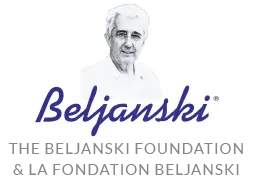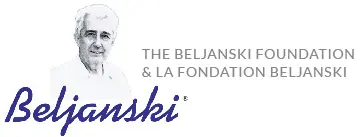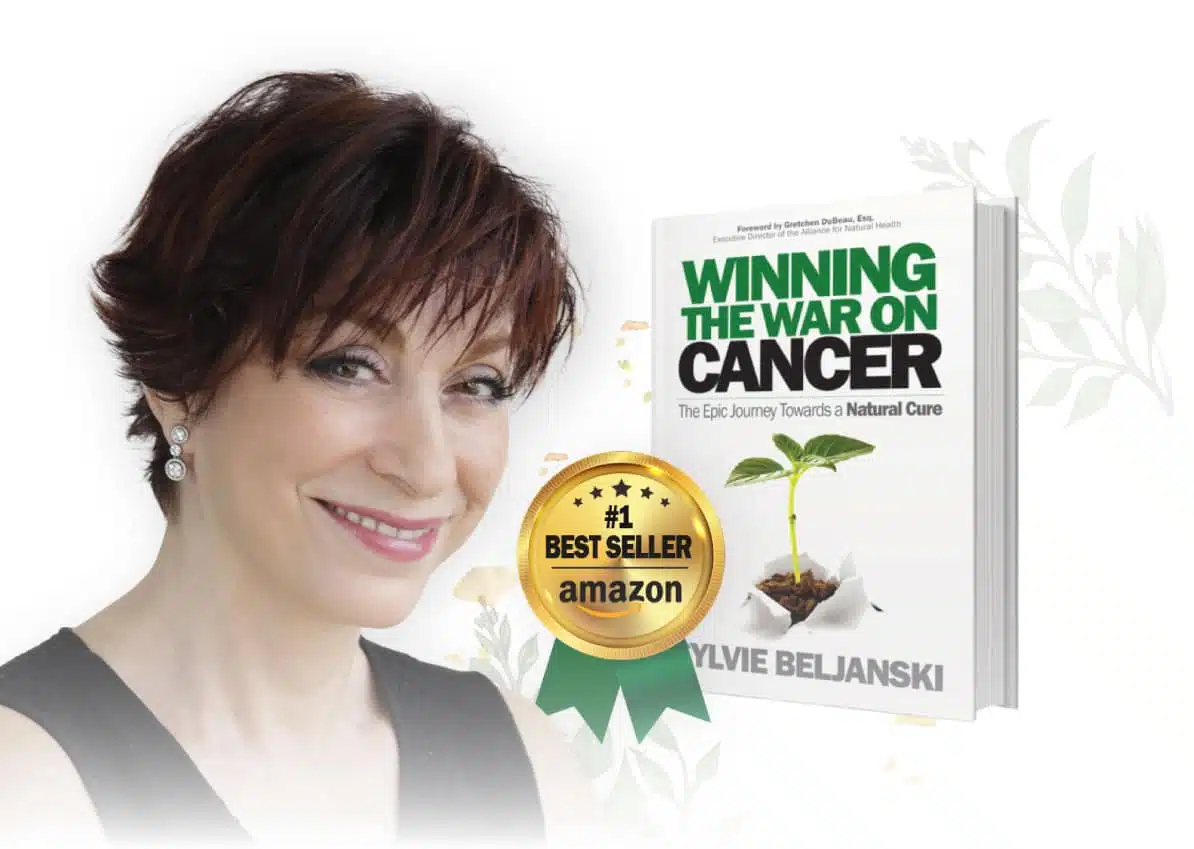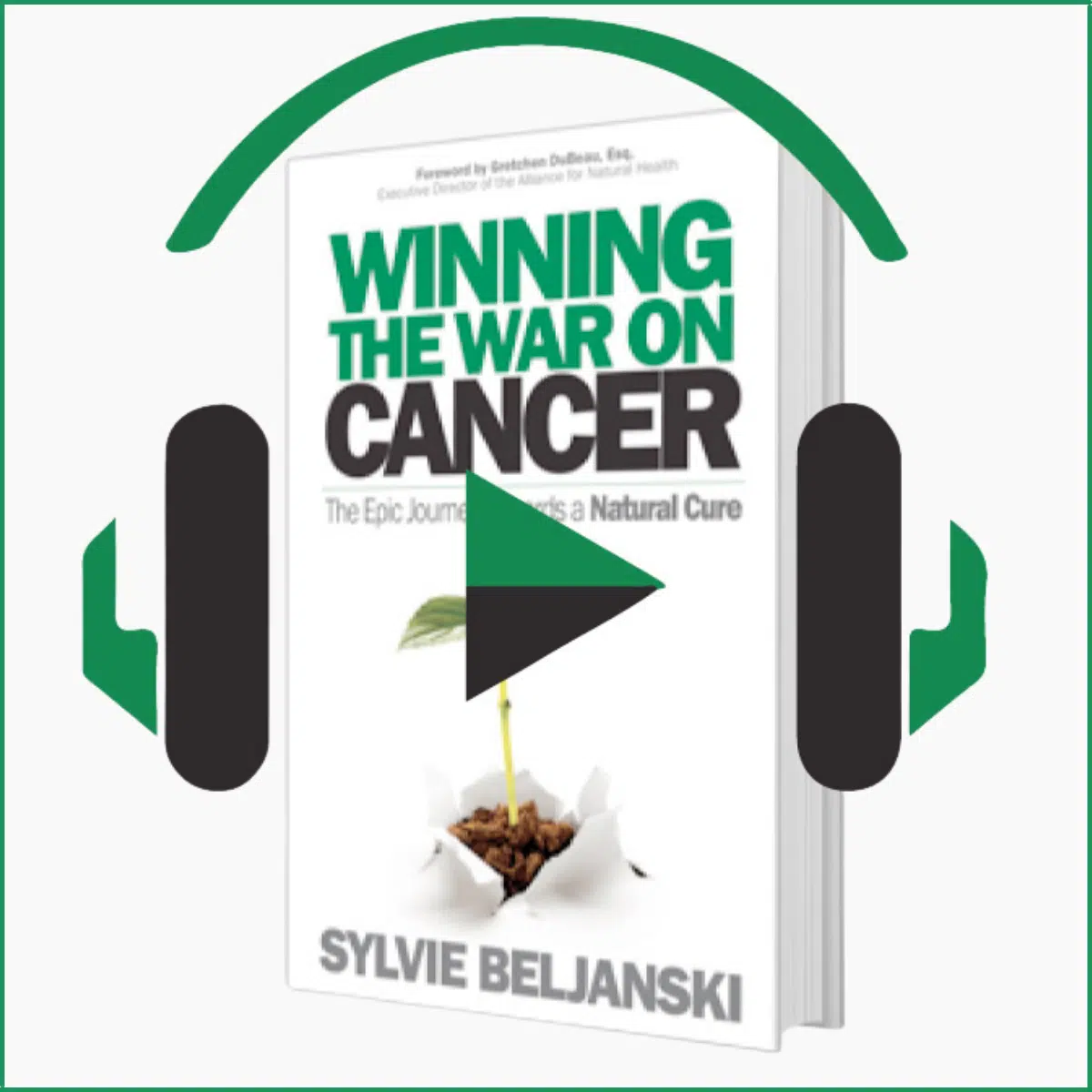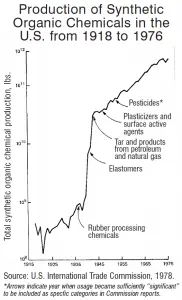
The number of synthetic chemicals introduced since World War II is astonishing (see fig. 1). Studies on the health effects of some 85,000 of these chemicals are currently underway but will take decades or perhaps centuries to complete. Nearly 3,000 of those chemicals are produced in excess of 1 million pounds annually. Yet little data is publicly available about even the basic toxicity of 75 percent of these high production volume chemicals.(1)
Is it possible to entirely rethink the origin of cancer and find new solutions in order to develop molecules able to selectively block cancerous cell multiplication without killing healthy cells?
The late Mirko Beljanski, PhD, a biologist-biochemist who worked for over 30 years at the famous Pasteur Institute in Paris, dedicated a book to the exploration of the basic principles of DNA replication and transcription and the role of trigger molecules in normal and malignant gene expression.(2)At the time, the scientific community at large considered that the difference between normal and cancer DNA was caused by mutations, that is to say by alterations of DNA’s primary structure (known as the genetic code). This explanation is still held to be true. Though interest now focuses on oncogenes, their harmful activity is considered to derive from mutations that have occurred in normal proto-oncogenes.
In contrast, Mirko Beljanski demonstrated that the fundamental difference between normal and cancer DNA really lies in their secondary structure; the cancer DNA double helix is permanently destabilized over large areas, whereas, in normal DNA, relaxation only occurs locally and temporarily for replication or for gene expression (see fig 2). Unintentional strand separation and exposure of new initiation sites for replication and gene expression account for the characteristic properties of the cancer cell, namely enhanced multiplication and spurious protein synthesis (see fig. 3). Dr. Beljanski focused on complex mechanisms at the biochemical level, analyzing the pathways involved when cells differentiate or escape control during cancer development. Dr. Beljanski devoted much effort to investigating the role of endogenous and exogenous molecules in triggering the differential release of information from DNA as well as influencing cell transformation. He found that carcinogens trigger the unwinding of the cancer DNA’s secondary structure by successively and randomly attaching to vulnerable sites in purified cancer DNA.(3,4)
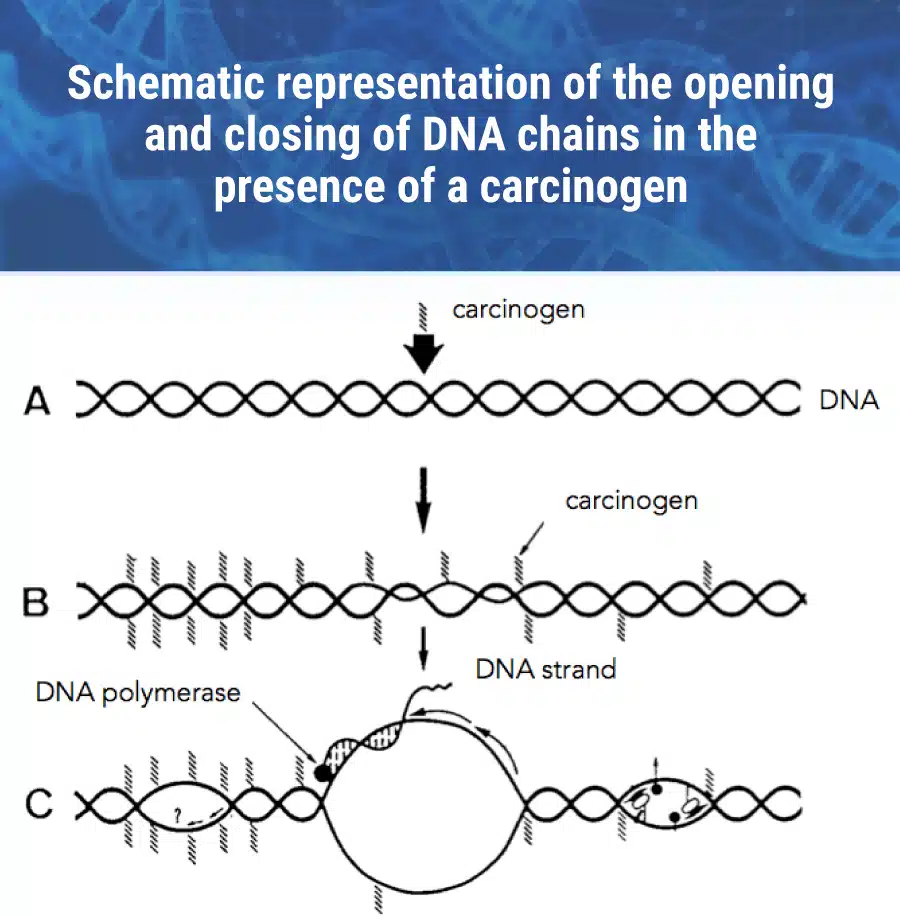

Dr. Beljanski reasoned that a substance that reacts in an equal and opposite way from carcinogens must surely exist in nature. While carcinogens increase unwinding and duplication in cancer DNA, Dr. Beljanski looked for natural molecules that would do the opposite—partially close the DNA strands and slow down cancer DNA synthesis. Following the analysis of several hundred compounds, Beljanski identified a small number that reduced UV absorption and template activity of cancer DNA in the Oncotest. What is more, these extracts did not affect the results obtained with normal DNA. These were the extracts Beljanski was looking for. Two of the extracts he found, derived from tropical plants, were particularly effective and became the focus of his research.(5) Dr. Beljanski created a new frontier for cancer therapy.
Dr. Beljanski’s extracts were subjected to an extensive series of tests to examine their effect on cultured cancer cells, on animals with various kinds of cancer, and ultimately in numerous human case studies.(6,7,8,9) The extracts showed several consistent and remarkable properties. First, they stopped the proliferation of cancer cell lines maintained in the laboratory, while sparing healthy cells. They were toxic to cancer cells in mice, but did no harm to healthy mice. They have proven to have anticancer effects on a range of human malignancies, but have shown no significant side effects. The activity of these extracts is selective to cancer DNA, to cancer cells, and to the tumors in organisms with cancer.
Numerous people have witnessed their benefits (see Survivors stories).
The Beljanski Foundation continues this research and its partnership with severals american universities has led to numerous publications.
REFERENCES
(1) “What Is the Connection Between Chemicals and Breast Cancer?” State of Evidence, 2003:28.
(2) Beljanski, M. The Regulation of DNA Replication & Transcription. Karger, 1983.
(3) Beljanski, M., et al. “Correlation between in vitro DNA synthesis, DNA strand separation and in vivo multiplication of cancer cells.” Exp. Cell Biol., 1981;49(4):220-31.
(4) Beljanski, M. et al. “Differential susceptibility of cancer and normal DNA template allows the detection of carcinogens and anticancer drugs. Third NCI-EORTC Symposium on new drugs therapy.” Bordet Institute, Brussels, 1981.
(5) Beljanski, M. & Beljanski, M. S. “Selective inhibition of in vitro synthesis of cancer DNA by alkaloids of the beta-carboline class.” Exp. Cell Biol, 1982;50(2):79.
(6) Beljanski, M., et al. “PB-100: a potent and selective inhibitor of human BCNU resistant glioblastoma cell multiplication.” Anticancer Res, 1993;13(6A):2301-2308.
(7) Beljanski, M. “The anticancer agent PB-100, selectively active on malignant cell lines, even multi-drug resistant.” Genetics and Molecular Biology, 2000;23(1):29-33.
(8) Beljanski, M. & Beljanski, M. S. “Three alkaloids as selective destroyers of cancer cells in mice. Synergy with classical anticancer drugs.” Oncology, 1986;43:198-203.
(9) Beljanski, M. “Cancer Therapy: A New Approach.” Deutsche Zeitschrift fur Onkologie, 1990;5(22):145-152.
A Natural Approach to Cancer
The Work of Mirko Beljanski, PhD, Explained by John Hall, PhD
Join Dr. John Hall, Director of Research at The Beljanski Foundation, for A Natural Approach to Cancer—a webinar uncovering the groundbreaking discoveries of Dr. Mirko Beljanski. This webinar explains how environmental toxins destabilize the physical structure of DNA, the effects of carcinogenic substances on the human body at the cellular level, and the promising potential of natural extracts to selectively target destabilized DNA.This webinar will empower everyone concerned with cancer and a MUST-WATCH for all healthcare professionals seeking innovative, science-backed approaches to cancer prevention and treatment.
Unlock the Power of the 5 Best Cancer Fighting Botanicals Backed by over 70 Years of Scientific Research
- Learn how to naturally fight cancer and other chronic diseases on three different fronts
- Understand the synergistic anticancer activities of natural extracts
- Discover support options for you to use in conjunction with conventional medicine
